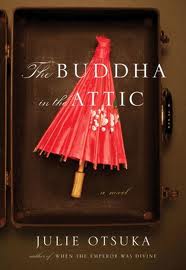I Love You Because I Love You
This children's picture book contains simple, poetic words but it expresses powerful emotion. The beautiful illustrations depict diverse characters experiencing the joys and security that unconditional love offers. I recommend reading this book with someone you love just because you love them.
Reviewed by Christa S., Senior Information Assistant


 There are plenty of Young Adult books that portray the difficulties of being a teenager. Some are funny, some serious, and some are pretty dark. There's even a name for ones that focus on a specific issue -- the problem novel (you've got your teen pregnancy, drug abuse, suicide -- you name it). Some are great, but often times the more one topic takes center stage, the less realistic these books seem. It's never just one problem in real life, is it? For pretty much anyone at this age, times are hard all around.
There are plenty of Young Adult books that portray the difficulties of being a teenager. Some are funny, some serious, and some are pretty dark. There's even a name for ones that focus on a specific issue -- the problem novel (you've got your teen pregnancy, drug abuse, suicide -- you name it). Some are great, but often times the more one topic takes center stage, the less realistic these books seem. It's never just one problem in real life, is it? For pretty much anyone at this age, times are hard all around.  "On the boat we were mostly virgins" begins Julie Otsuka's gem of a book,
"On the boat we were mostly virgins" begins Julie Otsuka's gem of a book,